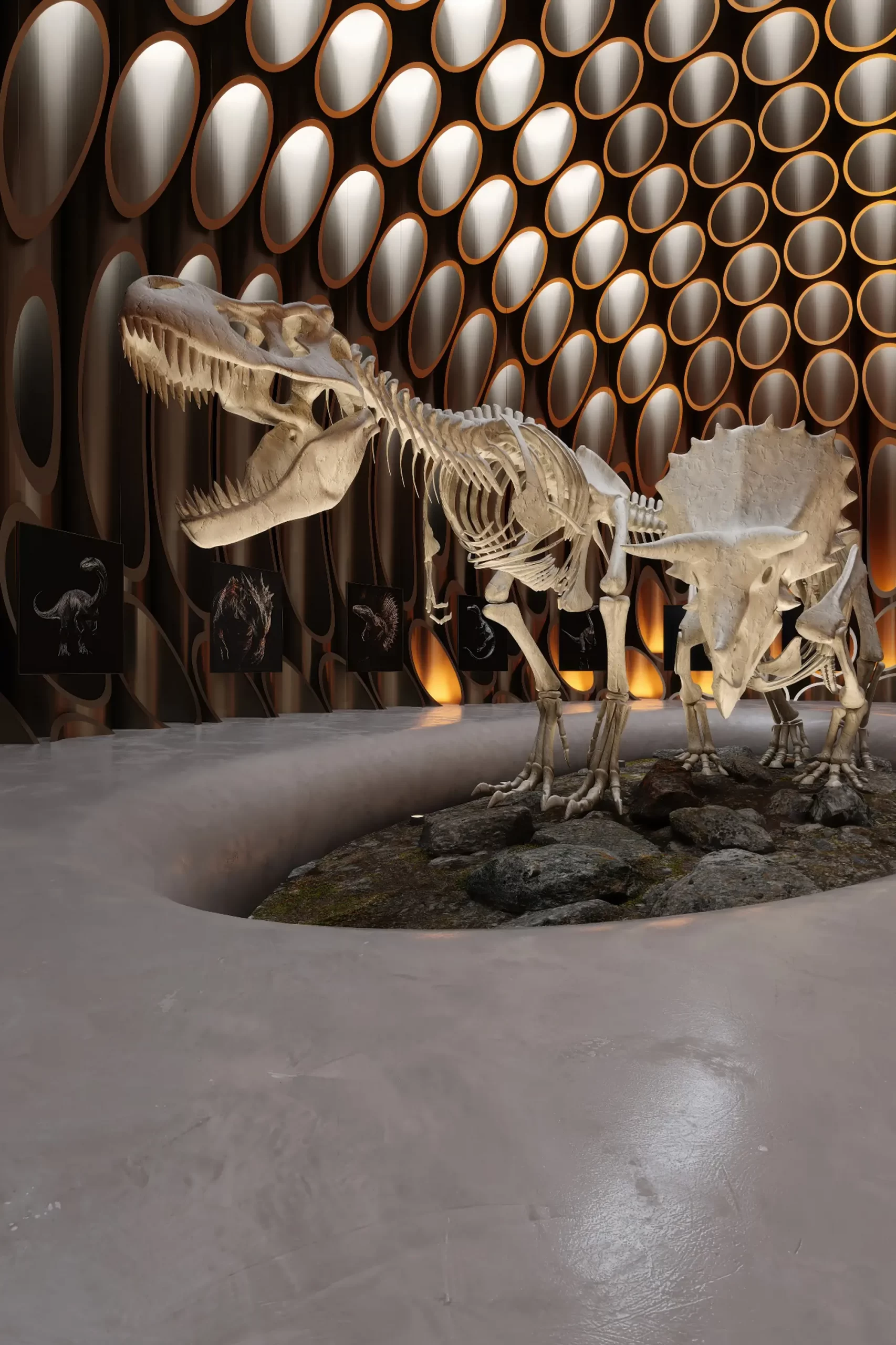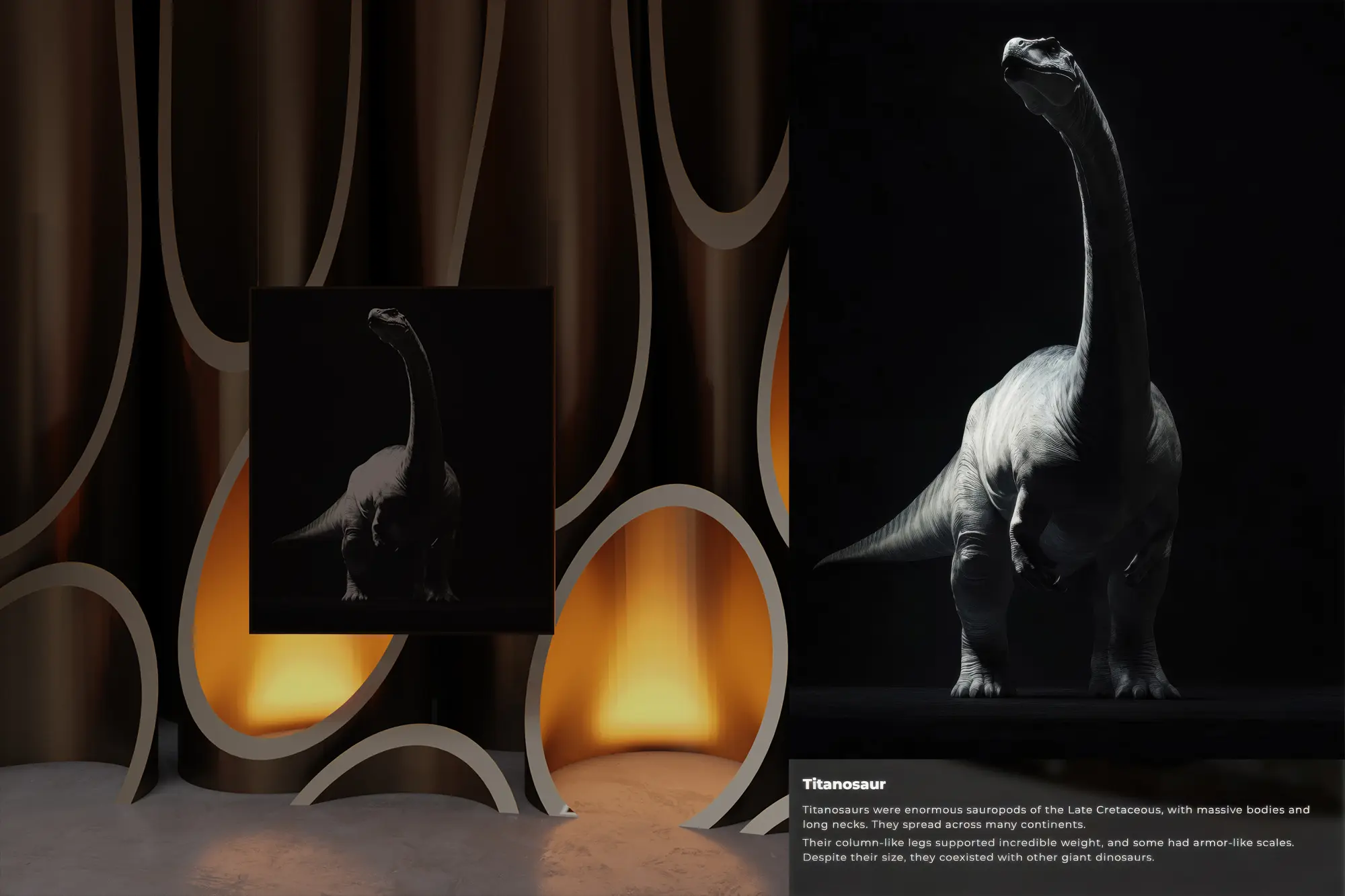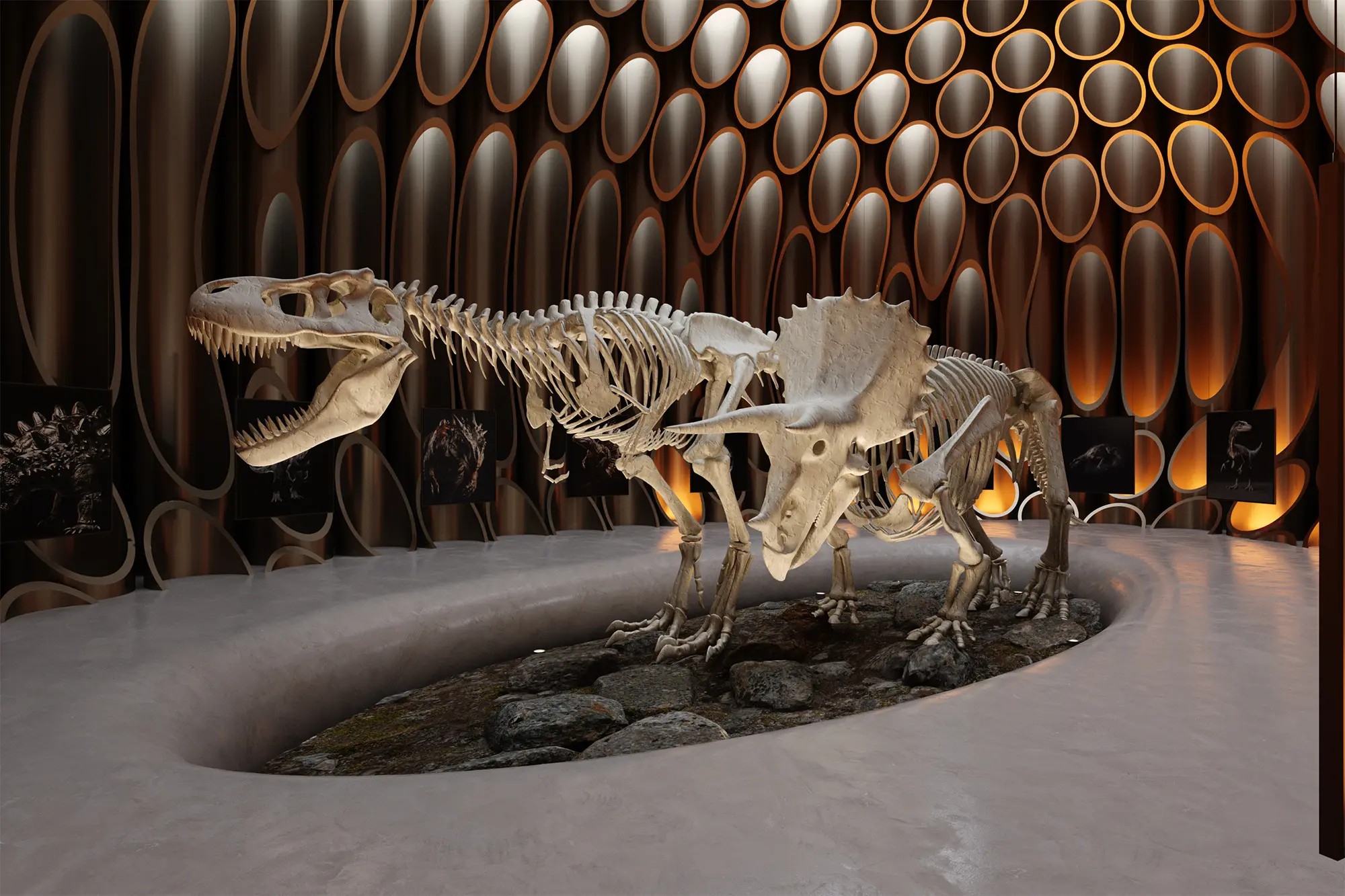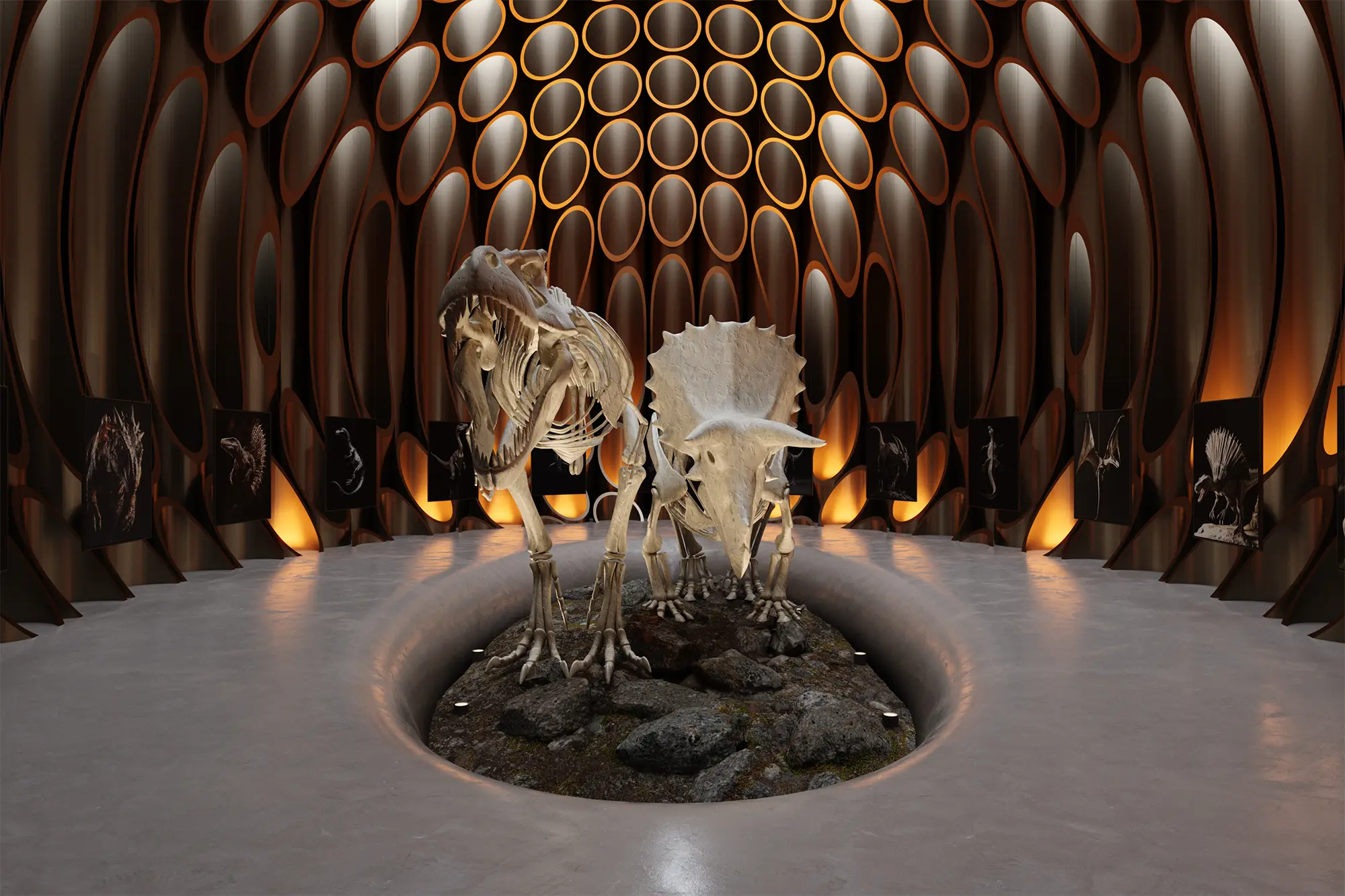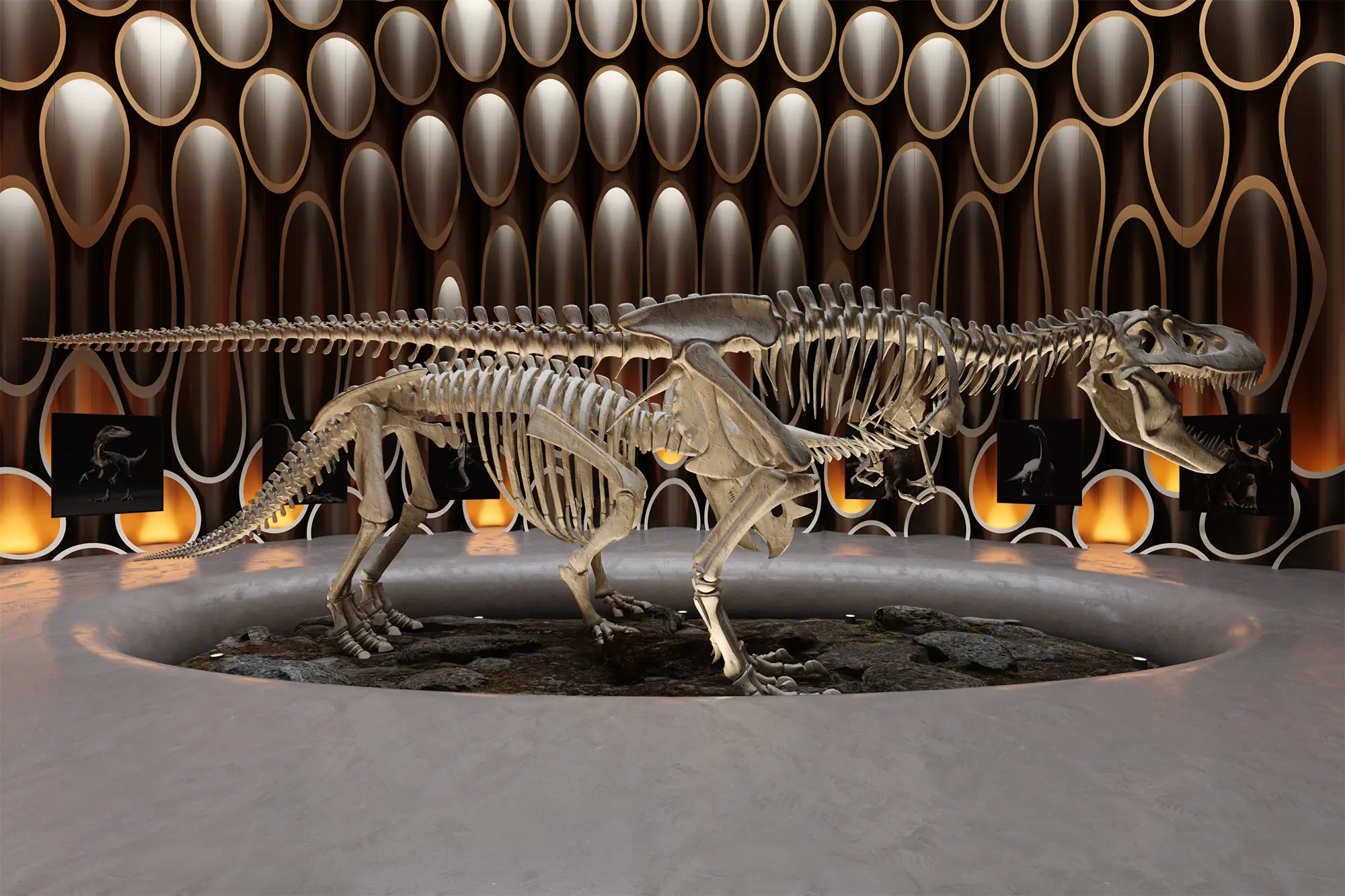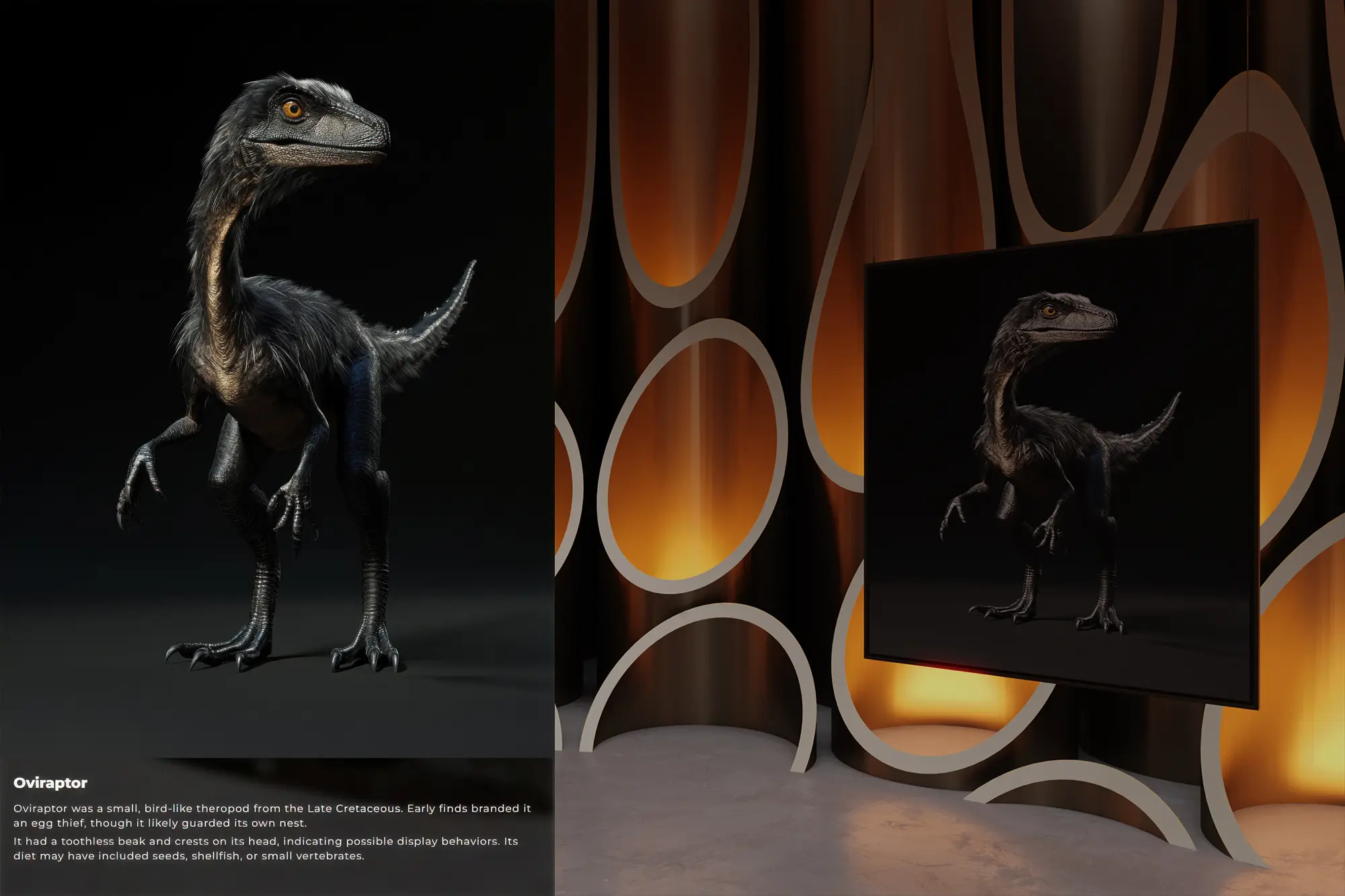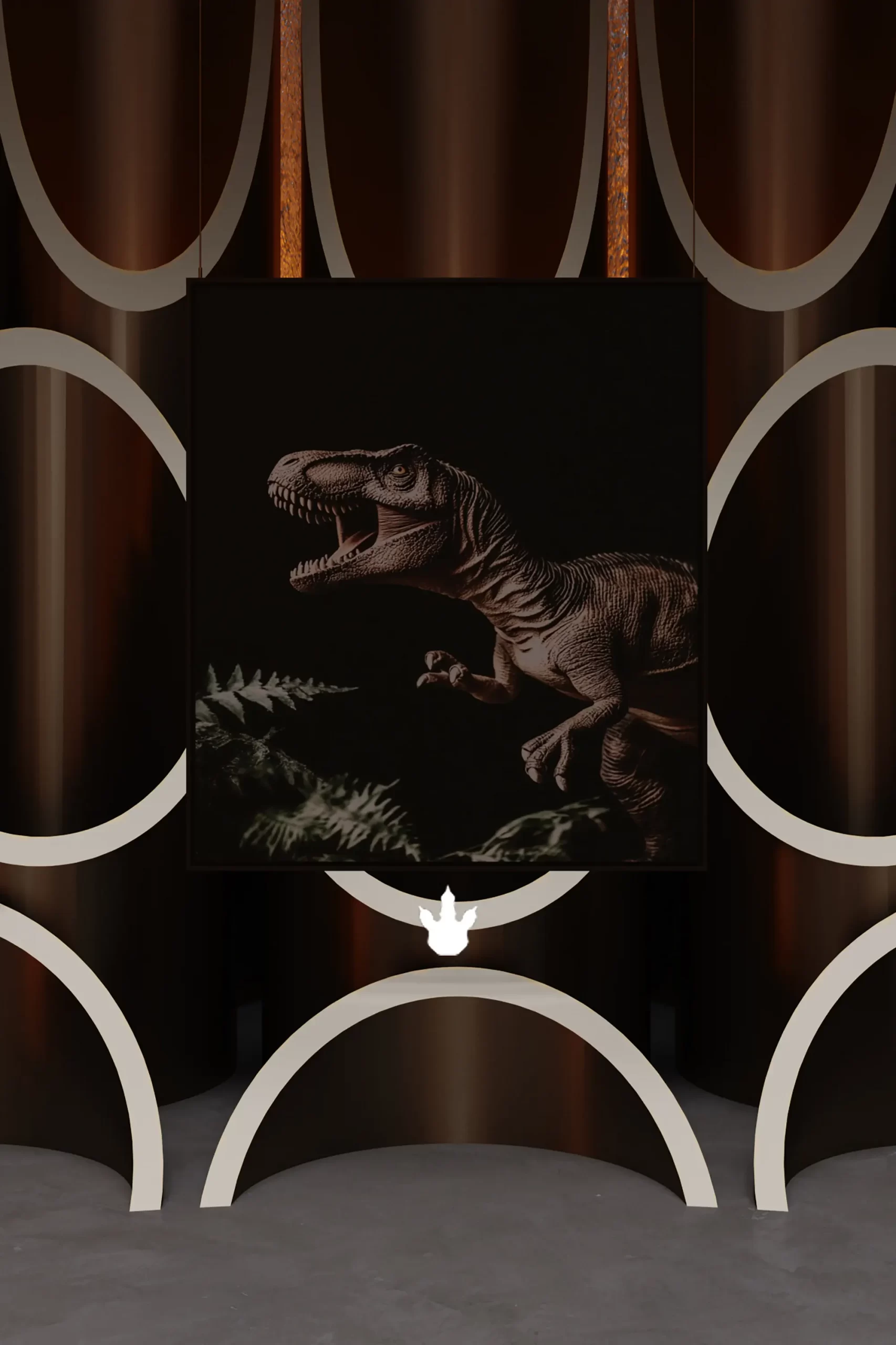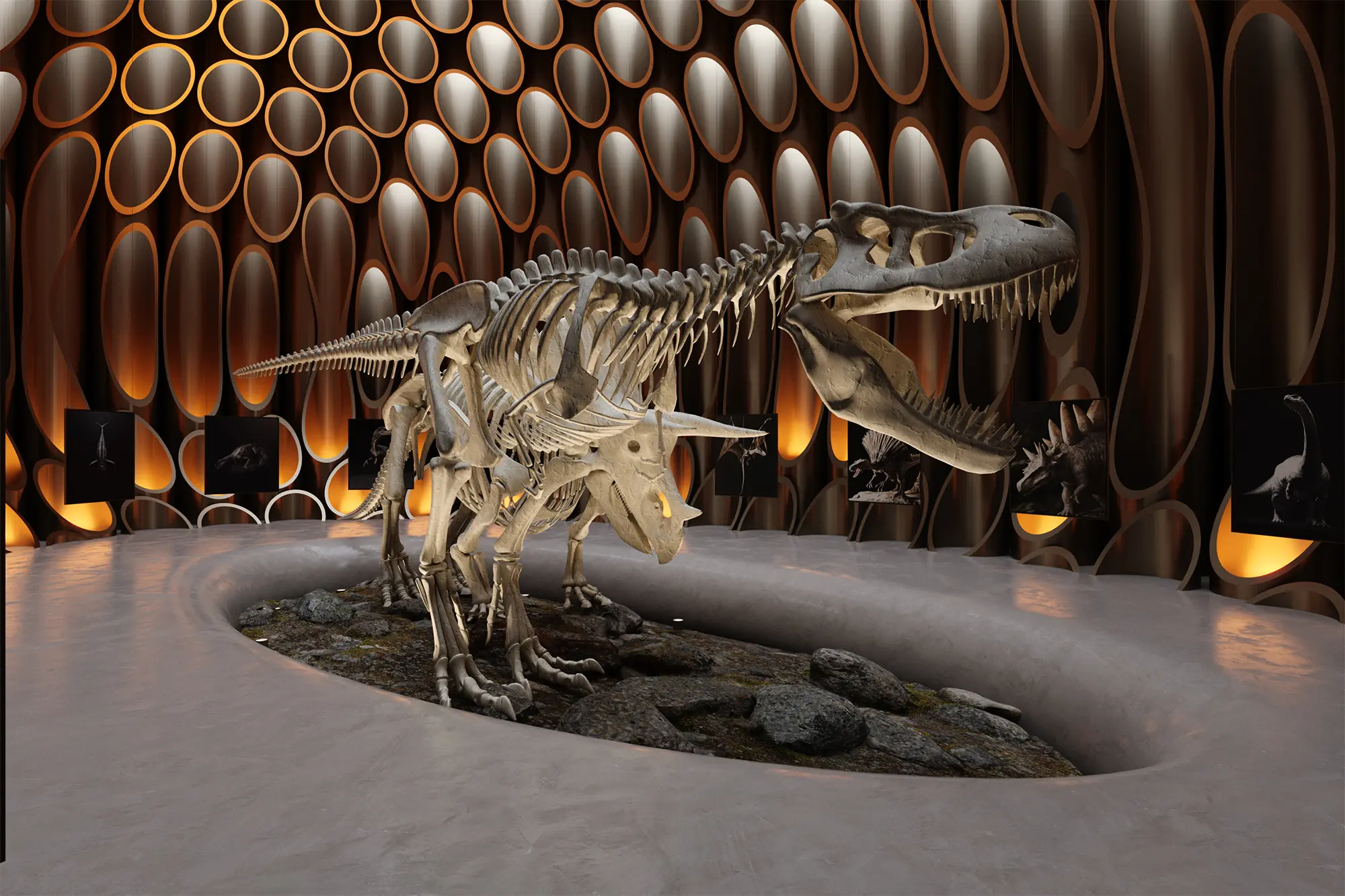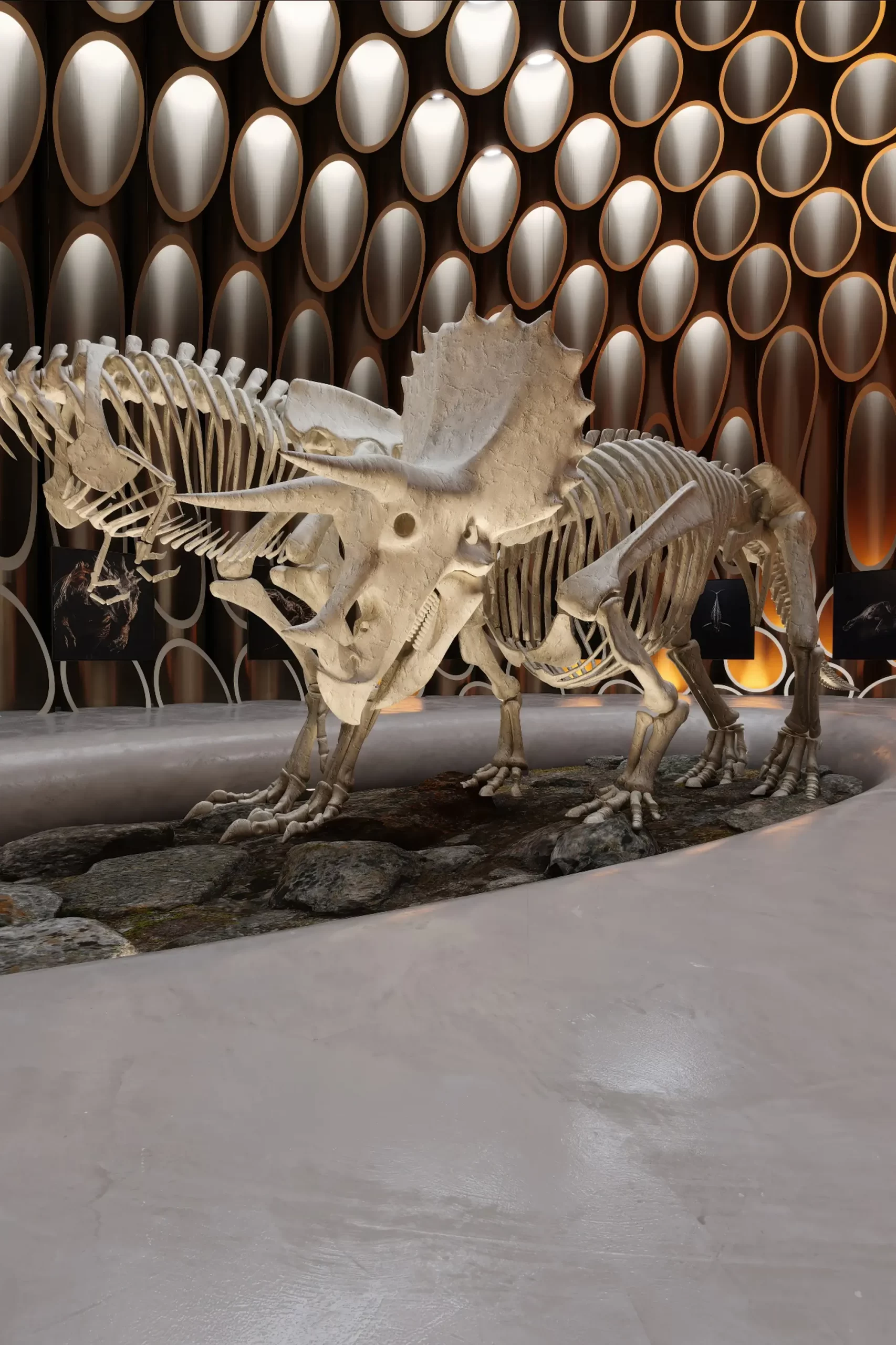Virtual Museum
⁃ Transform any subject into an immersive, interactive 3D experience
⁃ Learn anytime, anywhere — fully compatible with all devices
⁃ Custom virtual spaces tailored to curriculum and student engagement
Key Features
Gallery
Applications
Digital Showrooms
Bringing History and Culture to Life Online
Statistics indicate that physical attendance at museums has declined significantly in recent years. The pandemic, global instability, the economic crisis, and rising prices have shifted the focus to other, more mundane activities and entertainment. Modern technologies can make them more popular and successful than ever. Virtual museum tours allow you to attract millions of new visitors from all over the globe without forcing them to travel long distances and learn new languages. Moving exhibitions into the digital space makes them more accessible, environmentally friendly, safe, and reliable.
100CGI Studio is ready to help you create a virtual reality museum. Whether it’s a detailed 3D tour of ancient artifacts or a VR simulation of a historical event, we will ensure maximum immersiveness, interactivity, and convenience of the digital space. By contacting us, you get a unique, personalized solution that meets your creative vision and the needs of your audience.
New Horizons for Museums: Types and Benefits of Virtual Expositions
Virtual reality technologies make it possible to digitize any museum exhibit, regardless of its scale and subject matter. Moreover, they open up fundamentally new horizons that are impossible to achieve in a physical space. Just imagine your visitors can relive historical events or interact with exhibits without risks. This makes visiting a museum a truly unforgettable experience and maintains the reputation of the location.
Virtual museum tours are most often used in the following areas:
- Art museums. It is a unique opportunity to see the smallest details of paintings and choose a convenient angle of view on a sculpture. Virtual art museums eliminate the need for barriers and fences due to the zero risk of vandalism. your art will be available to wide range of visitors. NOT RELEVANT
- History Museums. VR reenactments give visitors the opportunity to see with their own eyes the creation of great powers, the decline of famous cities, and natural events that have shaped the landscape of the modern world. And virtual aerial and ground-level tours allow you to explore ancient monuments in all their glory.
- Science Museums. Interactive simulations demonstrate how the laws of physics and complex phenomena work in engaging and educational ways. Thanks to them, users can conduct experiments and get answers to the “What if…?” question.
- Natural History Museums. Who would want to look at dusty bones and other fossil artifacts instead of recreating entire ecosystems? VR and AR technologies allow you to look into the past and see the planet as it was before humans appeared.
- Technology and Innovation Museums. Using a smartphone from 2030 or driving a sports concept car? Why not? Virtual reality museums allow you to demonstrate the latest achievements in science and technology in the form of an interactive gamified experience.
- Cultural Museums. Immersion in the digital space makes it possible to fulfill every fan’s dream of going on stage with their favorite musicians or on the field with famous athletes. A fundamentally new perspective on popular cultural events creates a sense of involvement.
- Architectural Museums. Virtual reality erases physical boundaries, allowing the long-destroyed Temple of Artemis to be placed next to Notre Dame and the Egyptian pyramids next to Times Square in New York.
- Literary Museums. Thanks to recent advances in artificial intelligence, you don’t have to look at collections of manuscripts and household items. You can see and hear the author reading his works, commenting on them, and answering visitors’ questions.NOT RELEVANT
Top Virtual Technologies for Museums
Virtual museums are becoming increasingly popular. It is quite possible that they will reach the level of physical museums in terms of attendance in the next few years. The immersiveness and interactivity of digital expositions make this possible.
To achieve these benefits, our VR museum solutions company uses the following technologies:
- Guided 3D Tours. Realistic walkthroughs that allow visitors to explore the exhibition at a comfortable pace, focusing on the most interesting details.
- HDR Photography. Reproduction of real objects in stunning detail, ensuring accurate colors and textures.
- Audio Voiceovers. The ability to get interesting insights that draw attention to important exhibits and increase the educational value of visiting the museum.
- Interactive Exhibitions. The ability to interact with exhibits — recreate paintings, assemble complex mechanisms, plan historical events, and conduct scientific experiments.
- Real-time Streaming. Combining an art museum virtual tour with lectures, master classes, Q&A sessions, or even interviews with artists.
- Gamified Experiences. Game mechanics increase engagement and help better memorize important information and create positive emotions.
- Multimedia Displays. Creating rich, engaging storytelling by combining visual elements with text, video animation, and voiceover.
- Digital Archives. The ability to get behind-the-scenes access to explore extended collections and engage in research.
We also take care of the functionality of digital platforms for organizers. This means creating a multi-zone access system, connecting payment services for convenient ticketing, and setting up an analytics system to choose the right digital museum development strategy.
100CGI: Your Partner in Virtual Museum Excellence
Our studio specializes in creating realistic virtual spaces that are visually stunning, functional, and user-friendly. By contacting us, you don’t just get access to a standard digital platform — we develop a personalized solution for you from scratch. It allows you to demonstrate your creative potential to the world, attract the attention of potential visitors, and strengthen your museum’s reputation on a global scale.
By contacting us, you get the following benefits:
- Compelling storytelling. Our virtual museum tours are not just a list of facts. They are complete stories that keep the user’s attention from the beginning to the end of the tour, turning the visit into a unique immersive experience.
- Advanced Technology. We use the latest solutions — AR and VR museum tours, real-time streaming, seamless loading, high-resolution multimedia assets, AI guides, auto-translations, and much more.
- Branded Solutions. Our specialists are experienced in working with high technologies and have a great understanding of the world of art and culture. These skills help them create holistic images of virtual exhibitions that connect numerous exhibits and motivate users to complete the tour.
- Comprehensive Support. The operation of a virtual museum requires constant support, updates, and solutions to current technical problems. That’s why we provide end-to-end support for your project, from concept development to post-launch updates.
Unique Museum Experiences in the Digital Era
Thanks to virtual reality and other modern technologies, museums continue to live, grow, and evolve. They are becoming transformative tools that make culture, history, and science available to everyone. Whether you want to preserve a collection, educate a global audience, or create a unique experience, virtual museums open up endless possibilities.
By contacting 100CGI Studio, you can order a large-scale project from scratch, create a 360 virtual museum tour, or modernize your existing digital platform. Ready to bring your museum into the digital age? Contact us to learn more about the unique opportunity to expand your audience, increase engagement, and open interactive exhibitions!
Frequently Asked Questions
-
What is a Virtual Reality Museum?
-
A virtual reality (VR) museum is a digital experience that lets you explore museum exhibits in a fully immersive 3D environment. Visitors can walk through galleries, view artifacts up close, and interact with exhibitions—all from anywhere in the world. It's an innovative way to enjoy art, history, and culture without physical boundaries.
-
-
How does a 360 virtual tour museum experience work?
-
A 360 virtual tour museum lets you explore digital museum spaces using panoramic images. You can navigate by clicking or tapping to move through rooms and look around in all directions. Interactive hotspots are placed throughout the tour, clicking them reveals more details about artworks, plays videos, opens text descriptions, or links to related content.
-
-
Can virtual museum tours be accessed from mobile devices or tablets?
-
Yes, virtual museum tours are compatible with smartphones and tablets. You can explore the exhibits, view 360° spaces, and interact with hotspots directly from your device, no special software or VR headset required.
-
-
Can virtual reality museums include interactive elements like audio guides or quizzes?
-
Yes, virtual reality museums often include interactive features such as audio guides, quizzes, videos, and clickable hotspots. These elements make the experience more engaging and educational, allowing visitors to explore content at their own pace.
-
-
How long does it take to build a virtual museum experience?
-
The time to build a virtual museum varies based on complexity, content, and technology used. A basic 360-degree tour can take a few weeks, while a fully interactive VR experience with custom 3D modeling may take several months. The process involves planning, content creation, design, development, and testing to ensure a seamless user experience.
-
How We’re Rated
Let's start new project.
Now, as you were able to get a picture of who we are, it is up to you to contact us and lay the foundation for a new and successful business relationship. Leave your contact information and our team will get in touch.

